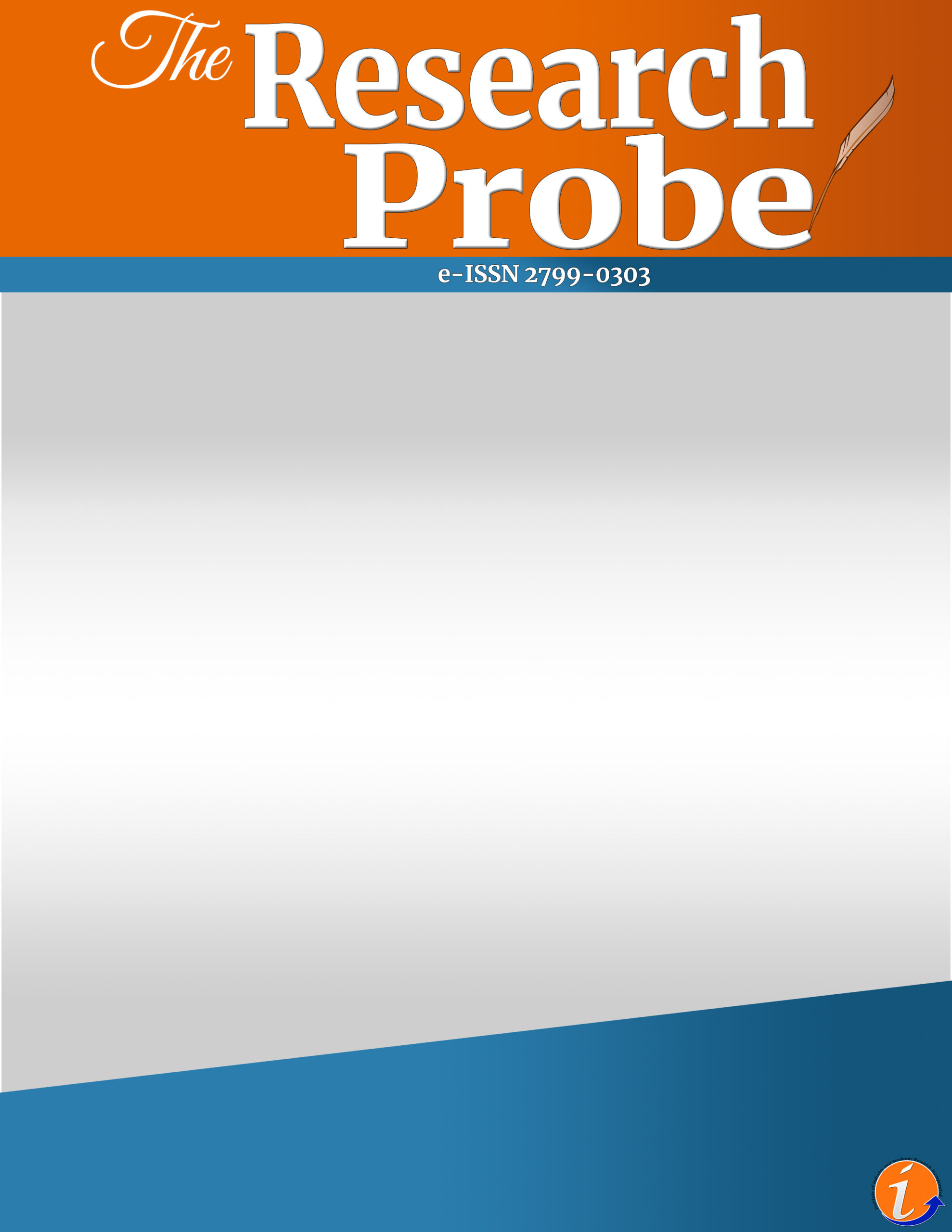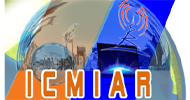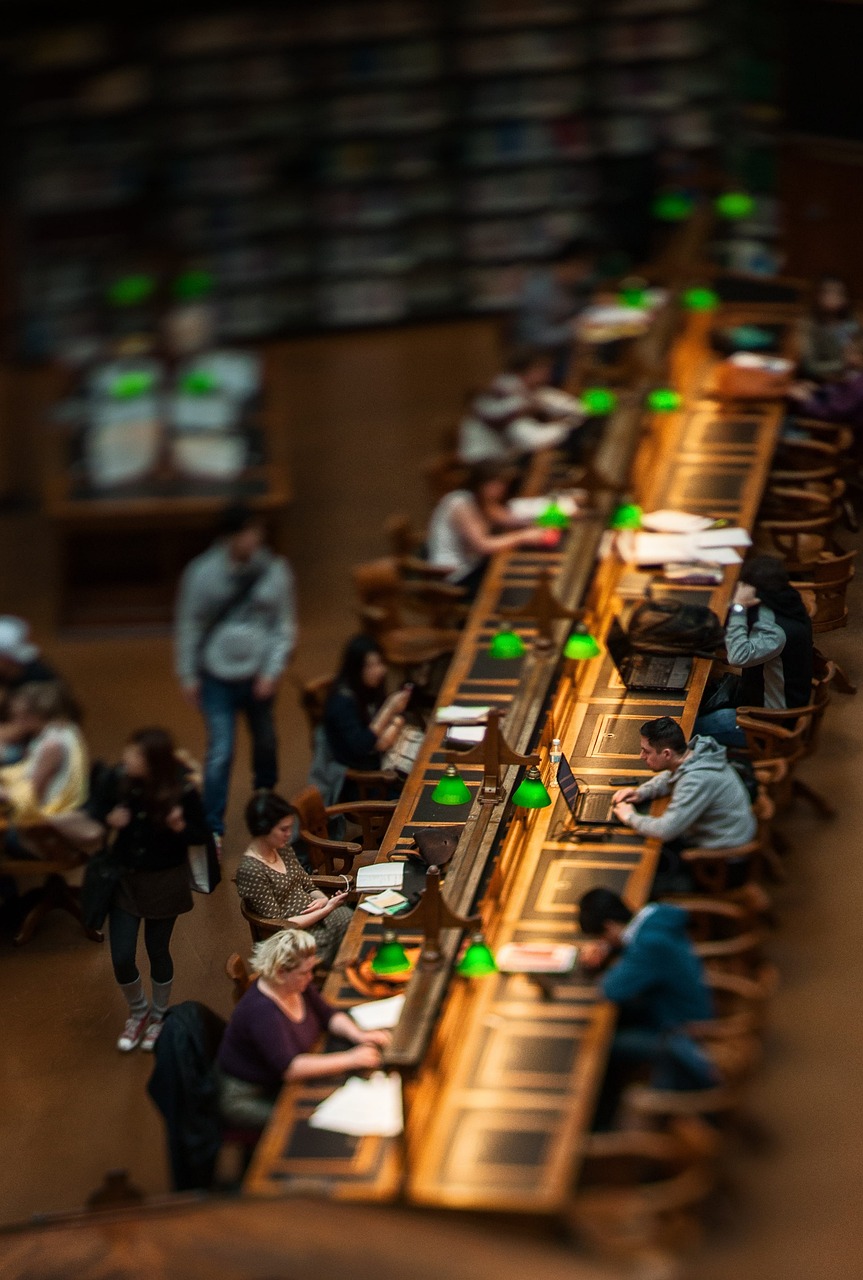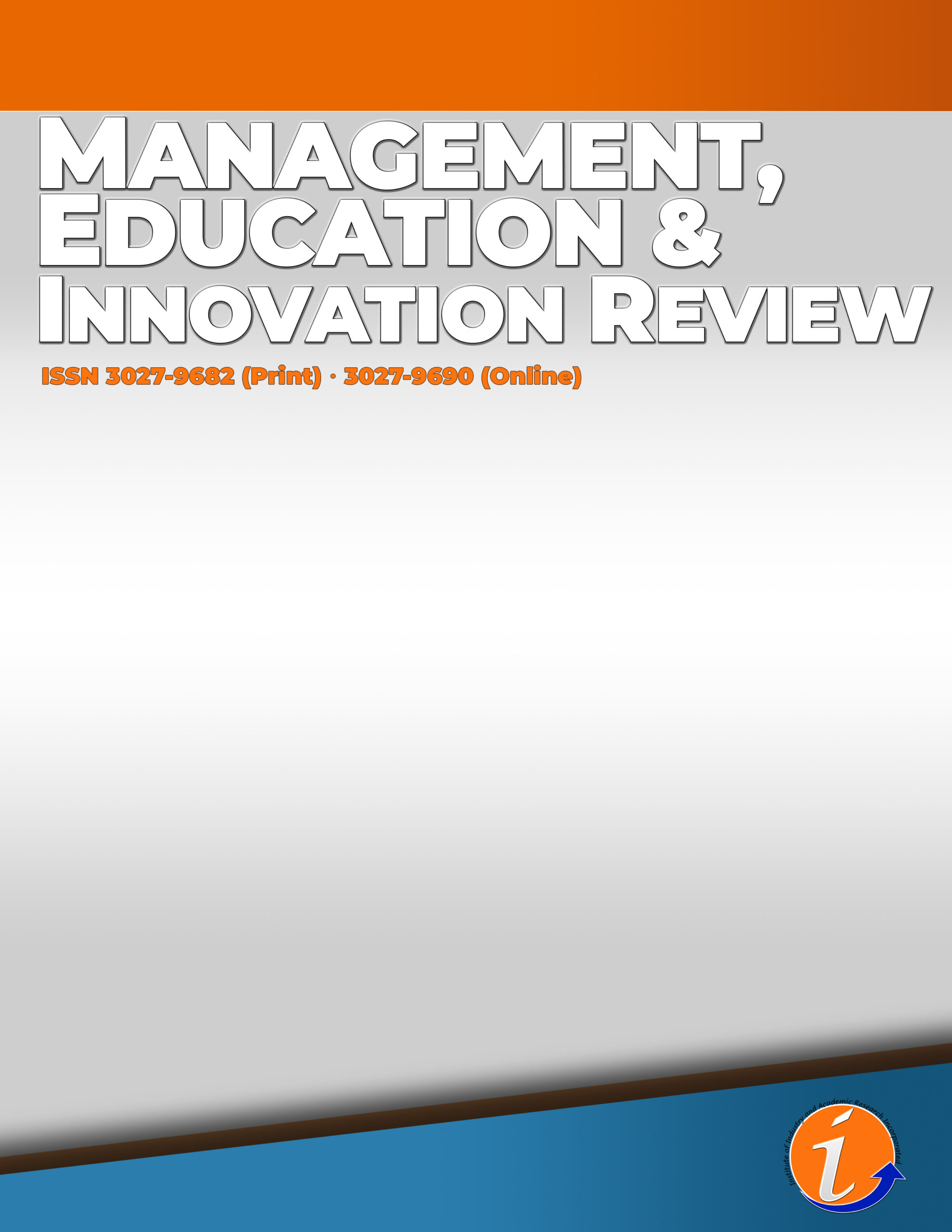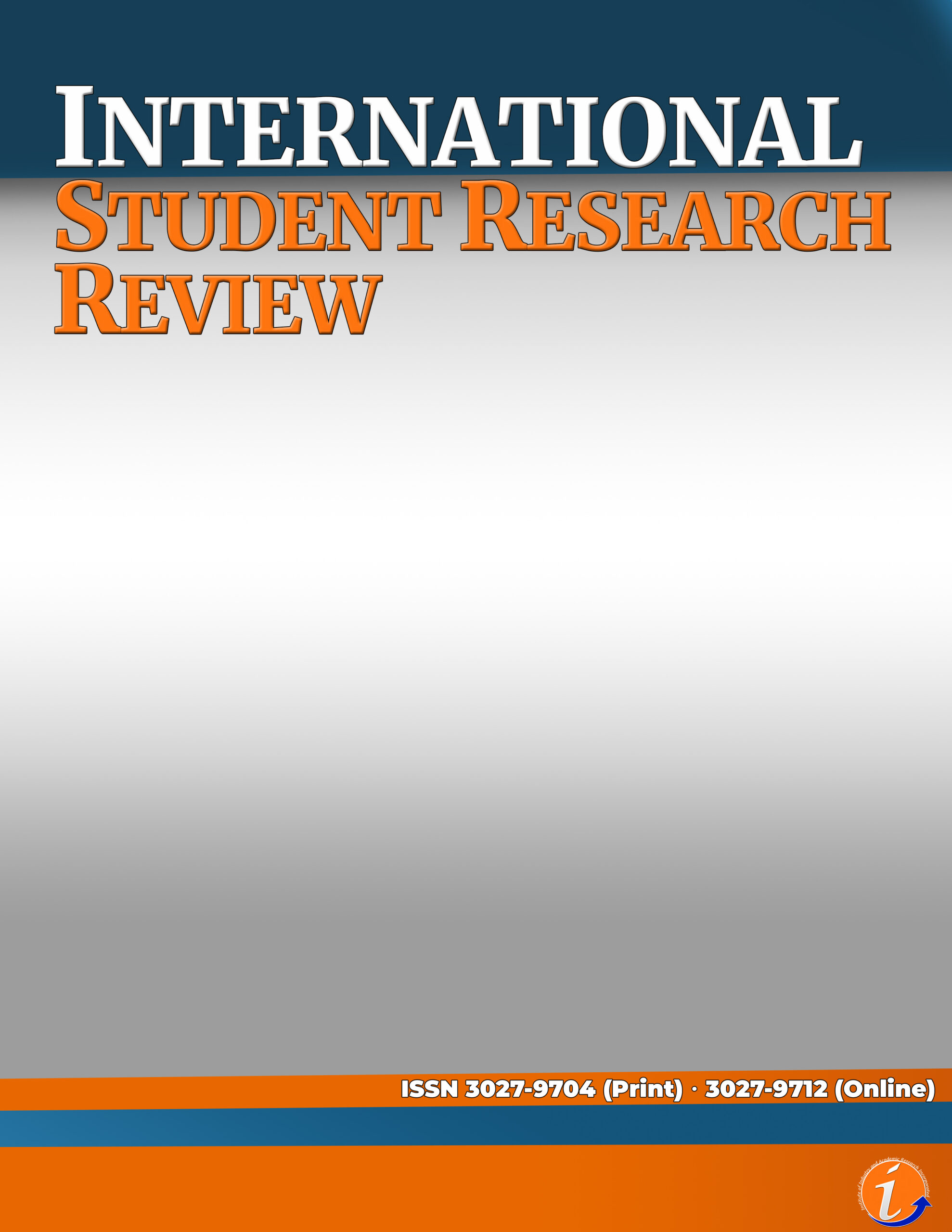This study investigated the effects of peer-assisted learning activities on the academic skills of accounting students with 272 accounting students at the University of Saint Louis Tuguegarao currently enrolled in the First Semester of School Year 2022-2023 as randomly selected respondents through stratified sampling. A researcher-made survey questionnaire was the primary tool in eliciting information which contains two parts: the profile variables and the extent of the effect of peer-assisted learning activities on students’ academic skills. The data gathered was analyzed using frequency and percentage to describe the profile of the respondents, weighted mean to interpret the extent of the effects of peer-assisted learning activities on students’ academic skills, and independent sample t-test and one-way analysis of variance to determine the significant difference on the extent of the effects of peer-assisted learning activities on students’ academic skills. The results revealed that peer-assisted learning activities affect the academic skills of the respondents to a great extent, particularly time management, communication, critical thinking, and quantitative skills. Further, high involvement in the peer-assisted learning activities conducted showed a greater effect on students’ academic skills.
Peer-assisted Learning, Academic Skills, Accounting Education, Time Management Skills, Communication Skills, Critical Thinking Skills, Quantitative Skills
This paper is presented in 4th Northern Philippines Business Research Conference
Abdolalizadeh P, Pourhassan S, Gandomkar R, Heidari F, and Sohrabpour A. A. (2017). Dual peer mentoring program for undergraduate medical students: Exploring the perceptions of mentors and mentees. Medical Journal of the Islamic Republic of Iran, 31(1), 2-6.
Abdul Latif, N. E., Yusuf, F. M., Tarmezi, N. M., Rosly, S. Z., & Zainuddin, Z. N. (2018). The Application of Critical Thinking in Accounting Education: A Literature Review. International Journal of Higher Education, 8(3), 57. https://doi.org/10.5430/ijhe.v8n3p57
Adedoyin, O., & Okere, E. (2017). The significance of inclusion concept in the educational system as perceived by junior secondary school teachers: implications for teacher training programmes in Botswana. Global Journal of Social Sciences Studies, 3(1), 13–28. https://doi.org/10.20448/807.3.1.13.28
Ali, N., Anwer, M., & Abbas, J. (2015). Impact of peer tutoring on learning of students. Journal for Studies in Management and Planning, 1(2), 61–66.
Al Kawas, S., & Hamdy, H. (2017). Peer-assisted learning associated with team-based learning in dental education. Health Professions Education, 3(1), 38–43. https://doi.org/10.1016/j.hpe.2016.08.003
Al kharusi, D. (2016). What positive impacts does peer tutoring have upon the peer tutors at SQU. Journal of Education and Practice, 7(27), 115–127.
Altunkaya, H., & Ates, A. (2018). Sources of reading anxiety among the learners of Turkish as a foreign language. Asian Journal of Education and Training, 4(3), 161–169. https://doi.org/10.20448/journal.522.2018.43.161.169
Amamou, S., & Cheniti-Belcadhi, L. (2018). Tutoring in project-based learning. Procedia Computer Science, 126(2018), 176–185. https://doi.org/10.1016/j.procs.2018.07.221
Araneda-Guirriman, C. A., Obregón, A. F., Pérez, P. A., & Catari-Vargas, D. A. (2020). Perception of tutored students in the peer tutors’ program and its relation to academic performance: evidence from northern Chile. Formación universitaria, 13(3), 19–30. https://dx.doi.org/10.4067/S0718-50062020000300019
Boud, D., Cohen, R., & Sampson, J. (Eds.). (2014). Peer learning in higher education: learning from and with each other. Routledge. https://doi.org/10.4324/9781315042565
Bucaro, A. C. (2019). Enhancing auditors’ critical thinking in audits of complex estimates. Accounting, Organizations and Society, 73, 35–49. https://doi.org/10.1016/j.aos.2018.06.002
Bugaj, T.J., Blohm, M., Schmid, C. et al. (2019). Peer-assisted learning (PAL): skills lab tutors’ experiences and motivation. BMC Med Educ, 19, 353. https://doi.org/10.1186/s12909-019-1760-2
Burgess, A., McGregor, D., & Mellis, C. (2014). Medical students as peer tutors: a systematic review. BMC Medical Education, 14(1), 1–8. https://doi.org/10.1186/1472-6920-14-115
Chai, M. S. & Lin, S. F. (2013). Perceptions of ESL student tutors on challenges faced in peer tutoring. Education Journal, 2(4), 127–131. https://doi.org/10.11648/j.edu.20130204.14
Chan, N. N., Phan, C. W., Aniyah Salihan, N. H., & Dipolog-Ubanan, G. F. (2016). Peer assisted learning in higher education: roles, perceptions and efficacy. Pertanika Journal of Social Sciences & Humanities, 24(4), 1811–1822.
Clarke, A.J., Burgess, Menezes, A., & Mellis, C. (2015). Senior students’ experience as tutors of their junior peers in the hospital setting. BMC research Notes, 8(743). https://doi.org/10.1186.s13104-015-1729-0
Cofer, R. (2020). The peer tutor experience: tutor perceptions of academic performance and skillset gains. The Learning Assistance Review, 25(1), 41–66.
Comfort, P. & McMahon, J. (2014). The effect of peer tutoring on academic achievement. Journal of Applied Research in Higher Education, 6(1), 168–175. https://doi.org/10.1108/JARHE-06-2012-0017
Costantini, S.T. (2015). The impact of peer tutoring strategies on student learning in social studies. [Master’s Thesis, State University of New York at Fredonia]. SUNY Open Access Repository (SOAR). https://soar.suny.edu/handle/20.500.12648/170
Cottrell, S. (2013). The study skills handbook. (4th ed.). Palgrave Macmillan.
Crowley-Cyr, Lynda and Hevers, James (2021). Using Peer Assisted Learning to improve academic engagement and progression of first year online law students. Journal of University Teaching & Learning Practice, 18(1).
Davies, M. (2015). A model of critical thinking in higher education. In M. Paulsen, (Ed.) In higher education: handbook of theory and research, (pp. 41–92). Springer, Cham.
Dawson, P., van der Meer, J., Skalicky, J., & Cowley, K. (2014). On the Effectiveness of Supplemental Instruction. Review of Educational Research, 84(4), 609–639. https://doi.org/10.3102/0034654314540007
De Backer, L., Van Keer, H., Moerkerke, B., & Valcke, M. (2016). Examining evolutions in the adoption of metacognitive regulation in reciprocal peer tutoring groups. Metacognition and Learning, 11(2), 187–213. https://doi.org/10.1007/s11409-015-9141-7
de Sam Lazaro, S. L., & Riley, B. R. (2019). Developing critical thinking in OT education: effectiveness of a fishbowl approach. Journal of Occupational Therapy Education, 3(2), 1–12. https://doi.org/10.26681/jote.2019.030201
Dellaportas, S. (2019). RMIT accounting educators’ conference: 2016 “accounting education what it is, and what it is not.” Accounting Education, 28(2), 119–126. https://doi.org/10.1080/09639284.2019.1584964
Farr, L. (2019, November 25). Time management strategies for CPAs. Journal of Accountancy. https://www.journalofaccountancy.com/newsletters/2019/nov/time-management-strategies.html
Fazal, S., Hussain, S., Majoka, M. I., & Masood, S. (2012). The role of study skills in academic achievement of students: a closer focus on gender. Pakistan Journal of Psychological Research, 27(1), 37+.
Fink, S. (2020, February 11). Benefits of peer teaching. SummerTech. https://www.summertech.net/benefits-of-peer-teaching/
Fouché, J. P. (2013). A renewed call for change in accounting education practices. International journal of educational sciences, 5(2), 137–150.
Fuad, N. M., Zubaidah, S., Mahanal, S., and Suarsini, E. (2017). Improving junior high schools’ critical thinking skills based on test three different models of learning. International Journal of Instruction. 10(1), 101–116. https://doi.org/10.12973/iji.2017.1017a
Gok, T. & Gok, O. (2017). Peer instruction: an evaluation of its theory, application, and contribution. Asia-Pacific Forum on Science Learning and Teaching, 18(2), 1–38.
Goldingay, S., Macfarlane, S., Hitch, D., Hosken, N., Lamaro, G., Farrugia, D., Nihill, C. & Ryan, J. (2012). A multidimensional framework for embedded academic skill development: study report. Deakin University, Faculty of Health.
Gottfried, M., Garcia, E., & Kim, H. Y. (2019). Peer tutoring instructional practice and kindergartners’ achievement and socioemotional development. Educational Studies, 45(5), 593–612. https://doi.org/10.1080/03055698.2018.150977
Hanson, J. M., Trolian, T. L., Paulsen, M. B, & Pascarella, E. T. (2016). Evaluating the influence of peer learning on psychological well-being. Teaching in Higher Education, 21(2), 191–206. https://doi.org/10.1080/13562517.2015.1136274
Helliar, C. (2013). The global challenge for accounting education. Accounting Education, 22(6), 510–521.
Hensley, L. C., Wolters, C. A., Won, S., & Brady, A. C. (2018). Academic probation, time management, and time use in a college success course. Journal of College Reading and Learning, 48(2), 105–123. https://doi.org/10.1080/10790195.2017.1411214
Higgins, S., Katsipataki, M., Coleman, R., Henderson, P., Major, L. E., & Coe, R. (2014). The Sutton Trust-Education Endowment Foundation Teaching and Learning Toolkit. Education Endowment Foundation.
Hitch, D., Goldingay, S., Hosken, N., Lamaro, G., Macfarlane, S., Nihill, C., & Farrugia, D. (2012). Academic skills and beyond: a resource-based approach to support student success in higher education. Journal of Academic Language and Learning, 6(2), A29–A41.
Hodgson, Y., Benson, R., & Brack, C. (2014). Student conceptions of peer-assisted learning. Journal of Further and Higher Education, 39(4), 579–597. https://doi.org/10.1080/0309877x.2014.938262
Howcroft, D. (2017). Graduates’ vocational skills for the management accountancy profession: exploring the accounting education expectation-performance gap. Accounting Education, 26(5-6), 459–481. https://doi.org/10.1080/09639284.2017.1361846
Hunt, T., Jones, T. A., & Carney, P. A. (2020). Peer‐assisted learning in dental students’ patient case evaluations: An assessment of reciprocal learning. Journal of Dental Education, 84(3), 343–349. https://doi.org/10.21815/JDE.019.182
Hwang, W. Y., Nguyen, T. H., & Pham, X. L. (2019) Peer tutoring to facilitate cognitive diffusion of English as a foreign language learning: using speech translation and shadowing in familiar authentic contexts. Journal of Educational Computing Research, 57(4). 901–929. https://doi.org/10.1177/0735633118776209
Inuwa, U., Abdullah, Z. & Hassan, H. (2017). Assessing the Effect of Cooperative Learning on Financial Accounting Achievement among Secondary School Students. International Journal of Instruction, 10(2), 31-46. https://doi.org/10.12973/iji.2017.1033a
Khan, S. (2021, May 7). Pros and cons of peer tutoring. EdTechReview. https://edtechreview.in/trends-insights/trends/4686-pros-and-cons-of-peer-tutoring
Khalid, H., Shahid, S., Punjabi, N., & Sahdev, N. (2018). An integrated 2-year clinical skills peer tutoring scheme in a UK-based medical school: perceptions of tutees and peer tutors. Advances in Medical Education and Practice, 9, 423–432. https://doi.org/10.2147/amep.s159502
Kurniawati, Z. L., Zubaidah. S., & Mahanal, S. (2015). Critical thinking skills of Batu State High School students in biology subjects. Proceedings of National Conference and National Workshop on Biology and Secondary Learning of Biology Department FMIPA UM. 1677–1684.
Lach, E. (2012, June 29). Texas GOP’s 2012 Platform Opposes Teaching of Critical Thinking Skills. Talking Points Memo. https://talkingpointsmemo.com/muckraker/texas-gop-s-2012-platform-opposes-teaching-of-critical-thinking-skills
Marsely, M. (2020). Peer tutoring as one best practice for accounting learning in vocational education. Journal of Accounting and Business Education, 5(1), 25–37. https://doi.org/10.26675/jabe.v5i1.12634
Mohamed, J. (2021). The Impacts of Peer-Assisted Learning on Students’ Academic Performance: Moroccan EFL University Students as a Case Study [Doctoral dissertation, Moulay Ismail University Meknes]. https://doi.org/10.13140/RG.2.2.17405.08164
Olulowo, T. G., Ige, O. A., & Ugwoke, E. O. (2020). Using peer tutoring to improve students’ academic achievement in financial accounting concepts. Education Research International, 2020. https://doi.org/10.1155/2020/8871235
Özpeynirci, R., Yücenurşen, M., Apak, İ., & Polat, Y. (2015). A comparative analysis of accounting education’s effectiveness with the balanced scorecard method: A case study of KMU. Procedia-Social and Behavioral Sciences, 174, 1849–1858. https://doi.org/10.1016/j.sbspro.2015.01.847
Page, M. (2016, December 13). Why develop quantitative and qualitative data analysis skills? Southern New Hampshire University – On Campus & Online Degrees. https://www.snhu.edu/about-us/newsroom/business/data-analysis-skills
Park, S. W., & Kim, C. M. (2016). The effects of a virtual tutee system on academic reading engagement in a college classroom. Educational Technology Research and Development, 64(2), 195–218. https://doi.org/10.1007/s11423-015-9416-3
Priniski, J. H., & Horne, Z. (2019). Crowdsourcing effective educational interventions. In A. K. Goel, C. Seifert, & C. Freska (Eds.), Proceedings of the 41st annual conference of the cognitive science society. Austin: Cognitive Science Society. https://doi.org/10.31234/osf.io/edk3m
Rahmasari, B. S. (2017). Peer Tutoring: An effective technique to teach reading comprehension. KnE Social Sciences, 1(3), 245–258. https://doi.org/10.18502/kss.v1i3.745
Rellin, R., Pataueg, R. J., Pineda R., Sabalo, J. & Siazon, M. A., Tindowen, D. J. & Catacutan, K. J. (2020). A study on the accounting education culture of the University of Saint Louis, Philippines. Universal Journal of Educational Research, 8(7). 2809–2815. https://doi.org/10.13189/ujer.2020.080707
Sainz, M. A., Ferrero, A., and Ugidos, A. (2019). Time management: skills to learn and put into practice. Education+ Training,61(5), 635–648. https://doi.org/10.1108/ET-01-2018-0027
Seo, E. H., & Kim, M. J. (2019). The effect of peer tutoring for college students: Who benefits more from peer tutoring, tutors or tutees? New Educational Review, 58, 97–106. https://doi.org/10.15804/tner.19.58.4.07
Schmidt, H. G., & Moust, J. H. C. (1995). What makes a tutor effective? A structural-equations modeling approach to learning in problem-based curricula. Academic Medicine, 70(8), 708–714. https://doi.org/10.1097/00001888-199508000-00015
Scicluna H. A, O’Sullivan A. J, Boyle P, Jones P. D, and McNeil H. P. (2015). Peer learning in the UNSW Medicine program Assessment and evaluation of admissions, knowledge, skills and attitudes. BMC medical education,15(1), 167.
Shanahan, D., (2013). High Oral Communication Apprehensives: How Can Students be Helped to Reduce Their Fear of Public Speaking?. Irish Journal of Academic Practice, 2 (1), 1-27.
Sinclair, A. C., Gesel, S. A., & Lemons, C. J. (2019). The effects of peer-assisted learning on disruptive behavior and academic engagement. Journal of Positive Behavior Interventions, 21(4), 238–248. https://doi.org/10.1177/1098300719851227
Singh S, Singh N, and Dhaliwal U (2014). Near-peer mentoring to complement faculty mentoring of first-year medical students in India. Journal of Educational Evaluation for Health Professions, 11(12).
Singh, V., & Chakravarty, S. (2018). Are quantitative skills critical for business education program or an entry-barrier for diversity? Psychological Studies, 63(3), 325-334. https://doi.org/10.1007/s12646-018-0450-1
Tan, J. B., & Gevera, E. B. (2020). Peer Tutorial: Championing students at risk. International Journal of Learning. Teaching and Educational Research, 19(5), 352-378. https://doi.org/10.26803/ijlter.19.5.22
Tomkinson, J. (2021). Work together: The pros and cons of peer tutoring. Education World. https://www.educationworld.com/teachers/work-together-pros-and-cons-peer-tutoring
Walkup-Amos, T. (2020). Creating inclusive music classrooms through peer-assisted learning strategies. Teaching Exceptional Children, 52(3), 138–146. https://doi.org/10.1177/0040059919891185
West, H. Jenkins, R. & Hill, J. (2017). Becoming an effective Peer Assisted Learning (PAL) Leader. Journal of Geography in Higher Education, 41(3), 459–465. https://doi.org/10.1080/03098265.2017.1315384
Villamar, A., Gayagoy, M., Matalang, F., & Catacutan, K. (2020). Usefulness of mathematics subjects in the accounting courses in baccalaureate education. Mathematics and Statistics, 8(1), 27–31. https://doi.org/10.13189/ms.2020.080103
Yaman, B. B. (2019). A multiple case study: What happens in peer tutoring of calculus studies? International Journal of Education in Mathematics, Science and Technology, 7(1), 53–72. https://doi.org/10.18404/ijemst.328336
Zeneli, M., Thurston, A., & Roseth, C. (2016). The influence of experimental design on the magnitude of the effect size -peer tutoring for elementary, middle, and high school settings: A meta-analysis. International Journal of Educational Research, 76, 211–223. https://doi.org/10.1016/j.ijer.2015.11.010
Cite this article:
Aggarao, B.G., Cenal, X.U., de Austria, D.B., Reminajes, N.P., Tacas, M.U., Tindowen, D. & Catacutan, K. (2023). Effects of Peer-Assisted Learning Activities on the Academic Skills of Accounting Students. The Research Probe, 3 (1), 39 - 51.
License:
![]()
This work is licensed under a Creative Commons Attribution (CC BY 4.0) International License.




